Unusual BSD33 smart socket from Vesync APP on BK7231M (batch change, interior)
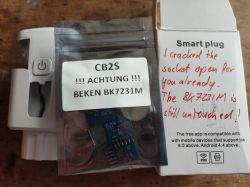 .
.
Today I have another package on the table from a reader in Germany. This time it's an unusual smart socket, seemingly just another version of the popular LSPA9, but here distinguished by an unusual WiFi module from the BK7231M. The BK7231M is essentially the BK7231N but with different encryption keys stored in the fusebits and a different bootloader. Such a situation is characteristic of the 'Bekens' used by manufacturers other than Tuya. Such WiFi modules are not compatible with the batch compiled for the regular BK7231N, so they have to be specially handled....
The socket was sent to me with additional BK7231M modules (labelled CB2S, which suggests BK7231N) back in the days when nobody knew how to flash BK7231M. At the moment my Flasher already supports BK7231M, details:
How to flash BK7231M/BL2028N devices other than Tuya with 000000 keys? .
BK7231M also has binary batches separately compiled for this platform (under these encryption keys).
But let's start with the standard, on-package markings:
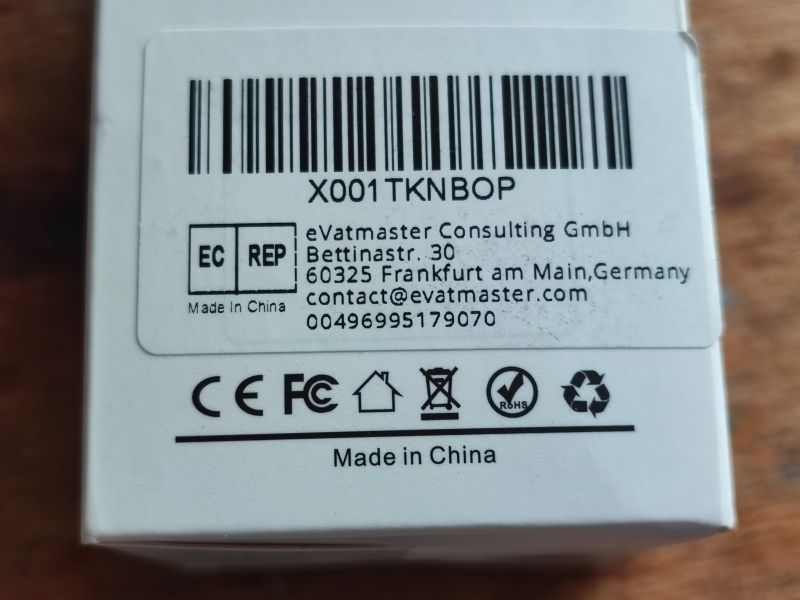 .
.
X001TKNBOP.
Instructions:
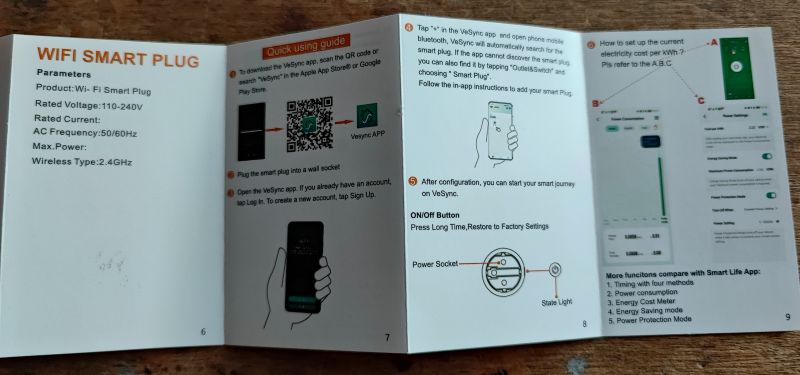 .
.
In the instructions, the 'Vesync APP' appears, not Tuya, which somewhat confirms the observation that the BK7231M (as a module with other keys in efuse) is used in products just from other ecosystems.
Now it is time to change the firmware. One way to open the case describes the topic:
How to open the ELIVCO LSPA9 case without damage? .
The measure resembles other LSPA9s:
https://www.elektroda.com/rtvforum/find.php?q=LSPA9
Here one of the earlier descriptions:
https://www.elektroda.com/rtvforum/topic3887748.html#19984436
So, the interior:
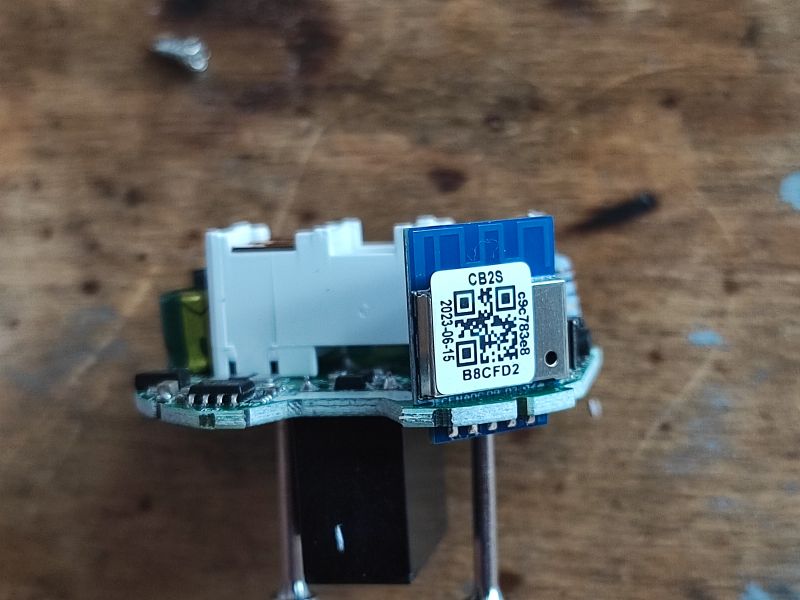 .
.
Slot designation:
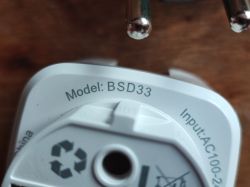 .
.
The module is marked CB2S, but it is BK7231M. Several similar ones were sent to me by a reader:
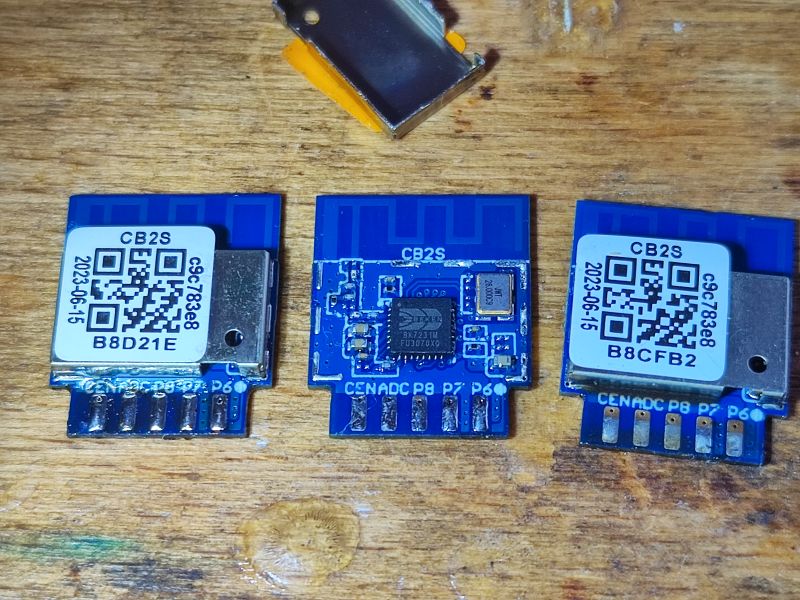 .
.
Yes, when the screen is removed it is a BK7231M:
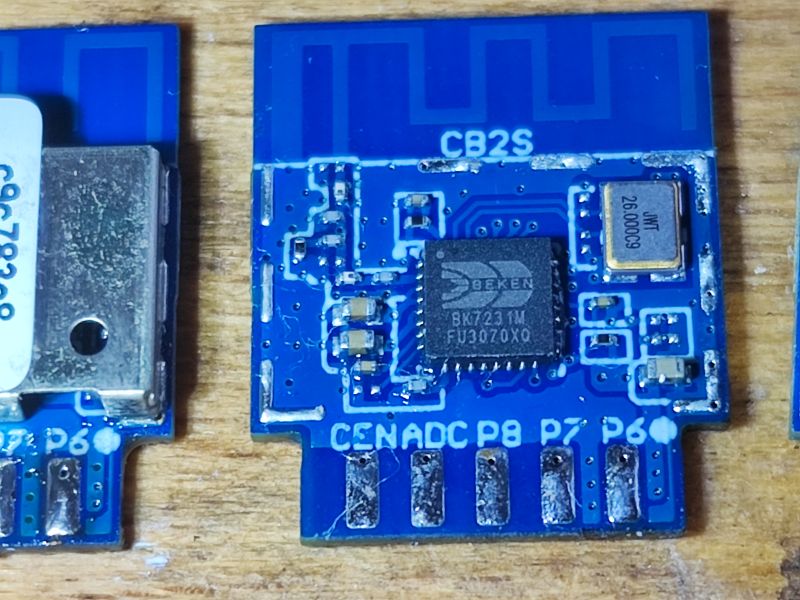 .
.
Other than that flashing as standard. I soldered out the CB2S:
 .
.
All according to the flasher instructions:
https://github.com/openshwprojects/OpenBK7231T_App
You can also follow the topic about BK7231M:
How to flash BK7231M/BL2028N devices other than Tuya with 000000 keys? .
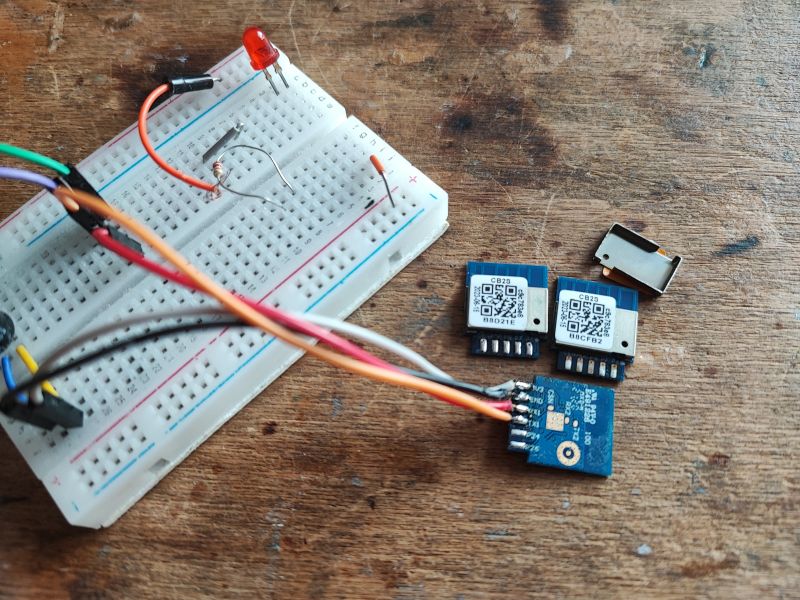
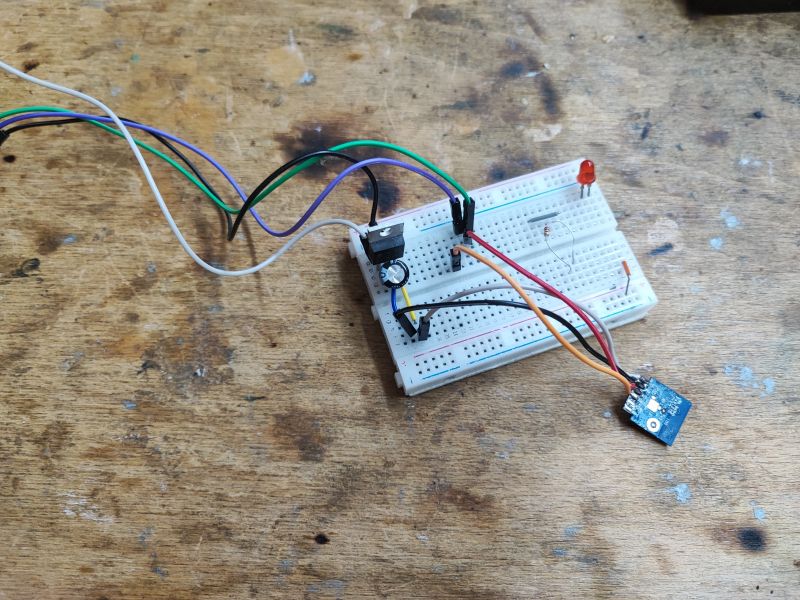
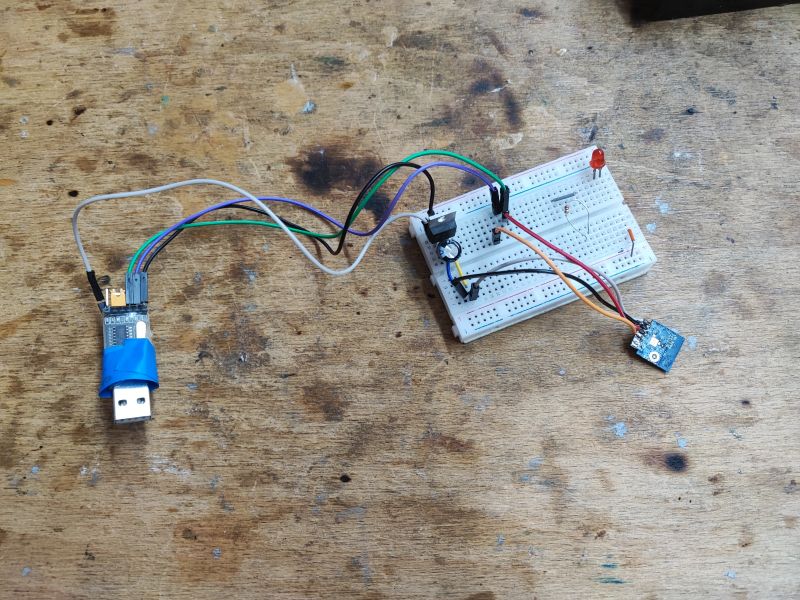 .
.
The rest of the photos, the socket is a typical LSPA9:
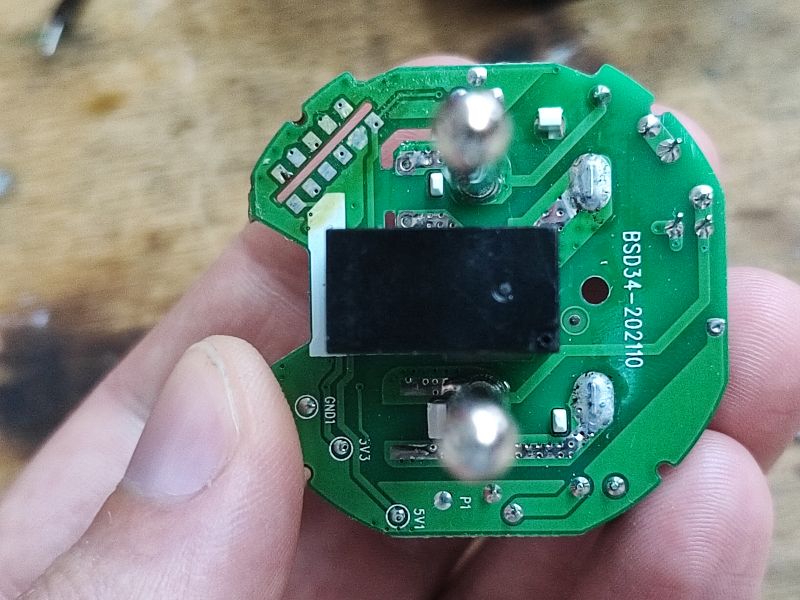
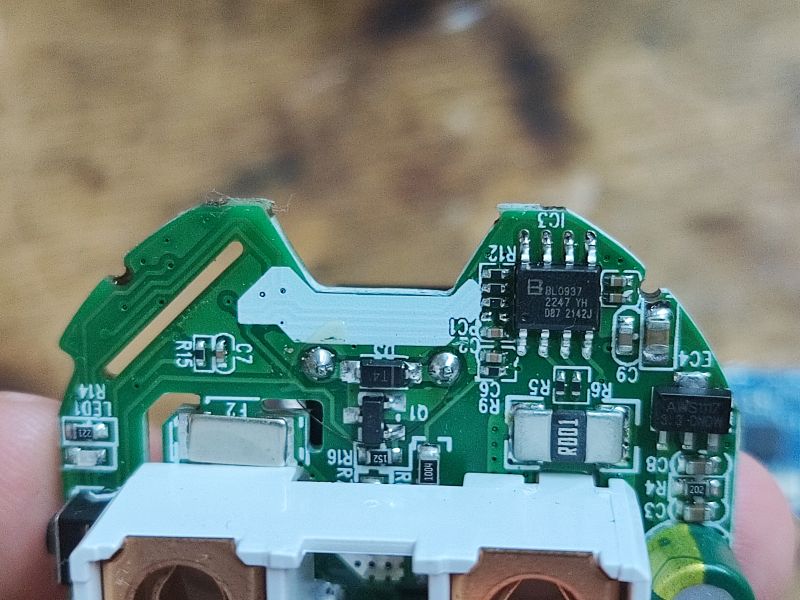
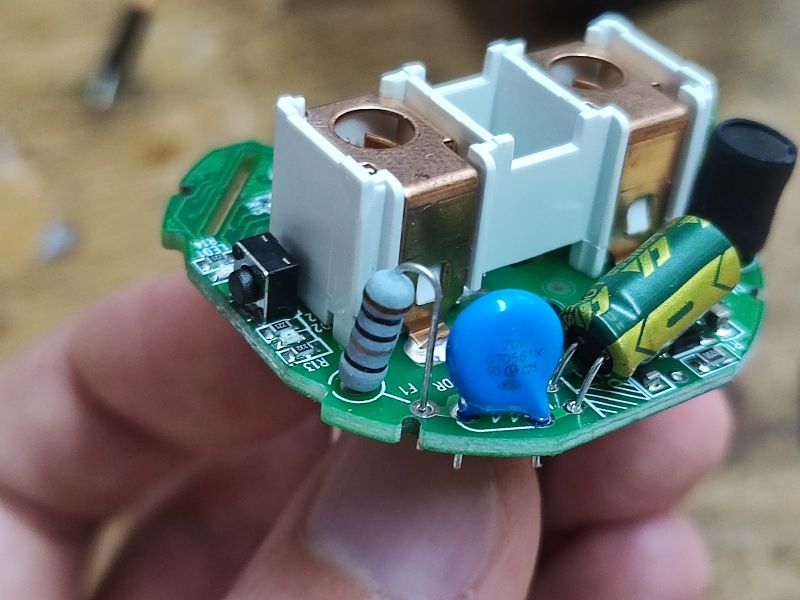
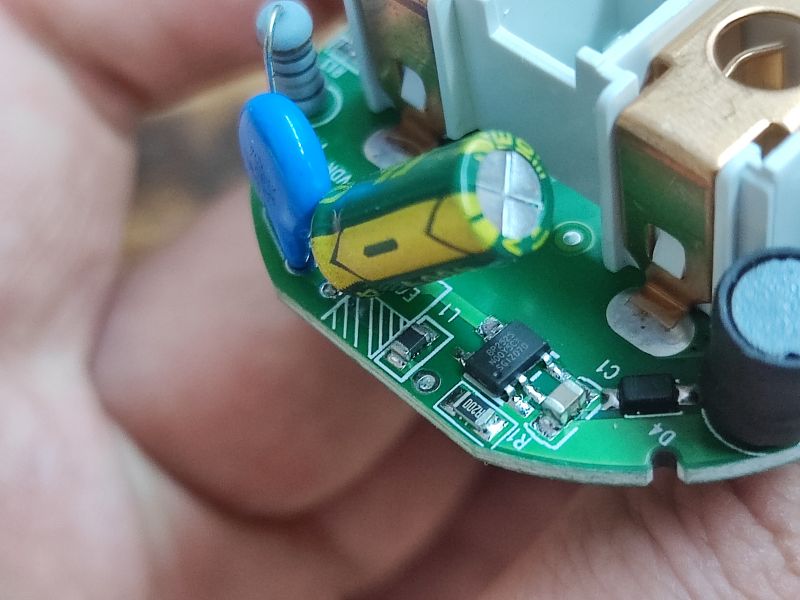 .
.
The varistor is present, not bad. The inverter is as usual non-isolated, step down, here on BP2525, as usual. In addition to this we have here a BL0937 for power measurement. The PCB designation is BSD34-202110
After uploading everything works, but you still need to set the GPIO roles, i.e. where is the relay, where is the button, fortunately here the template from Elvico fits:
 .
.
Code: JSON
You just need to calibrate:
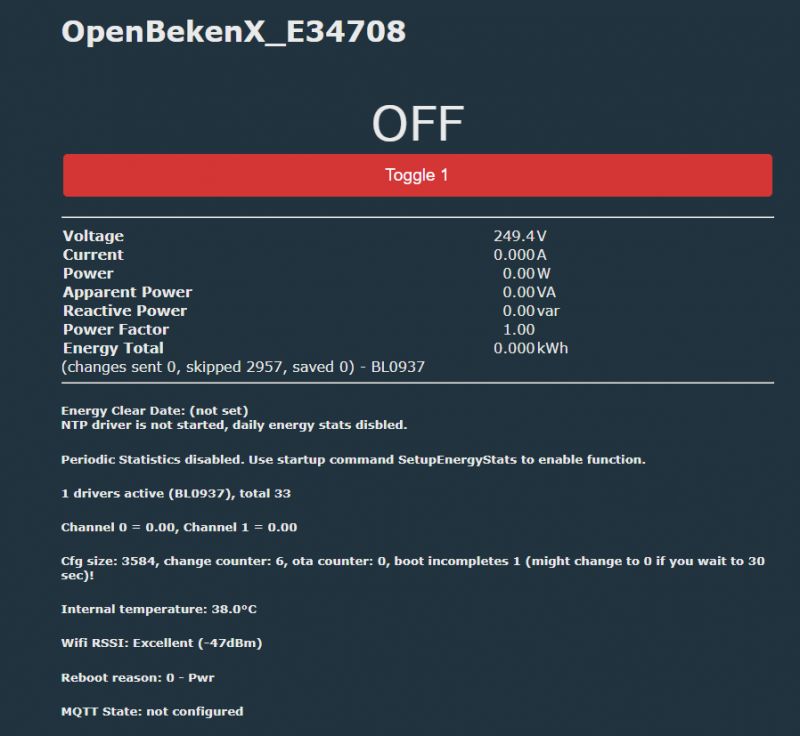 .
.
According to the documentation, VoltageSet, etc:
https://github.com/openshwprojects/OpenBK7231T_App/blob/main/docs/commands.md
PowerSave can also be enabled.
Summary .
Thank you for the delivery!
It took a little while, but I managed to add BK7231M support to my flasher and environment, so from now on this socket can work cloudless, conveniently and with Home Assistant.
Also, thank you for giving me additional modules with BK7231M, I will probably need them for, among other things:
How to access the hardware SPI port on the CB2S? P16 (MOSI) solder to QFN .
I am very pleased to have such active readers actively participating in putting up new topics.
If any readers also come across the BK7231M then please let me know - I'm curious to know how many WiFi modules of this type are on the market.



Comments
. Is it possible to determine by external appearance alone what type of module we find inside? Or are there groups of devices, either in terms of manufacturer or the function performed, which have the... [Read more]
At the moment it looks like Tuya has its SDK under BK7231N and BK7231T and there it has one specific key written in fusebits, so if there is a Tuya product with Bluetooth then you can bet on Beken (based... [Read more]